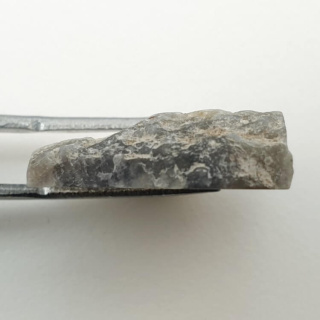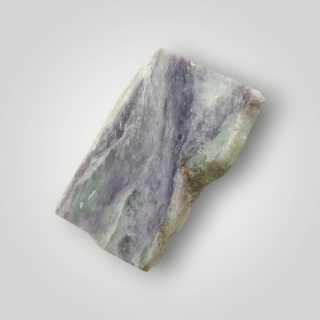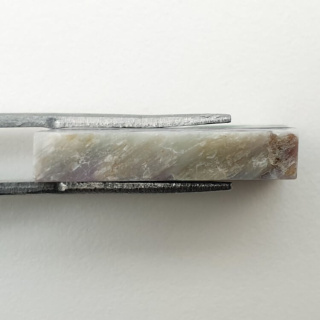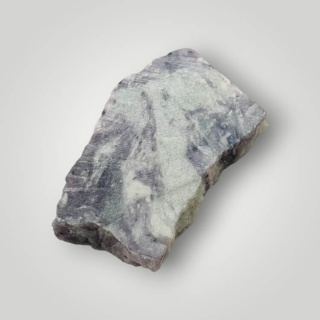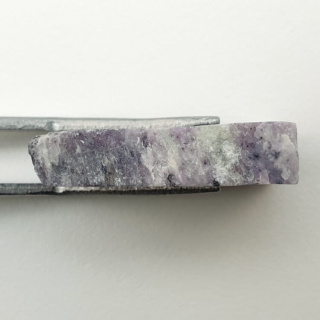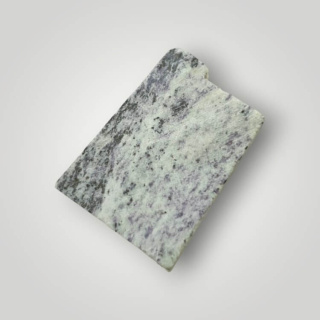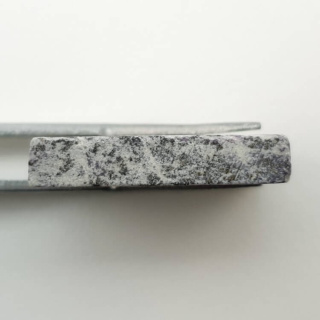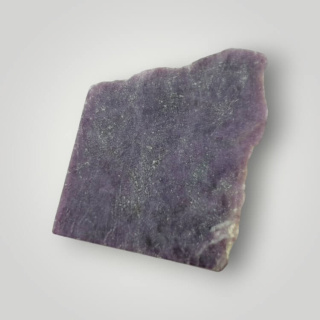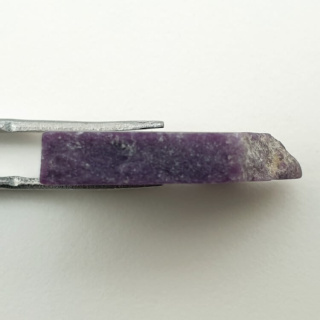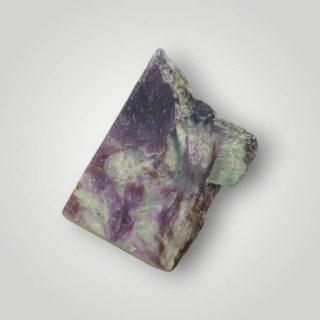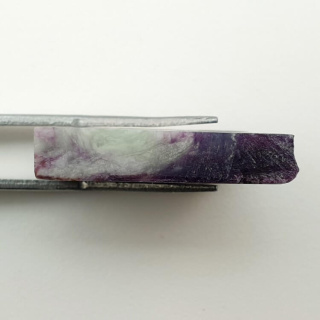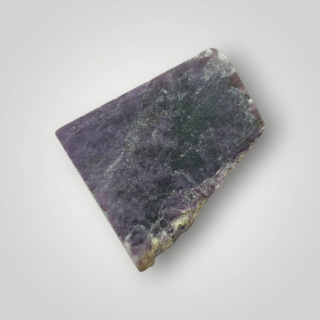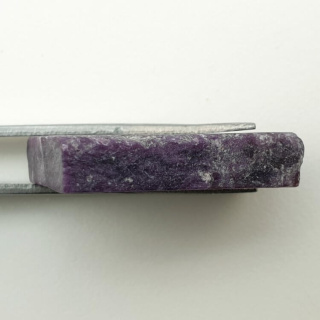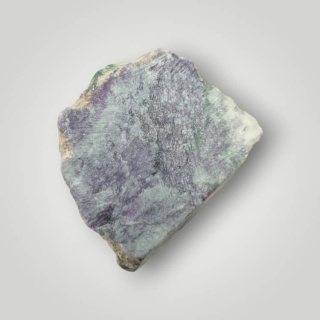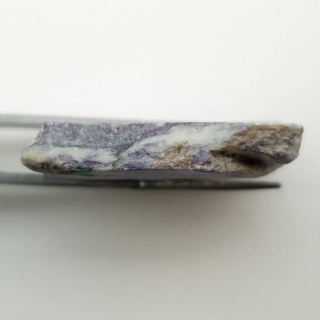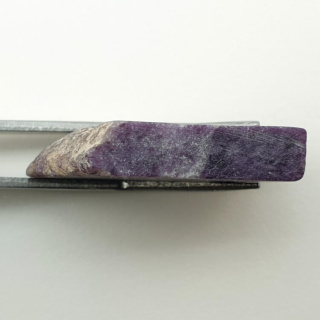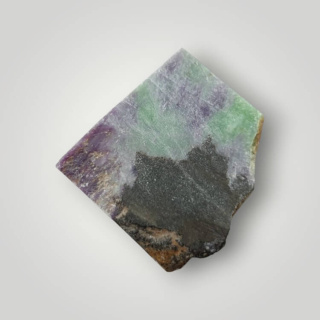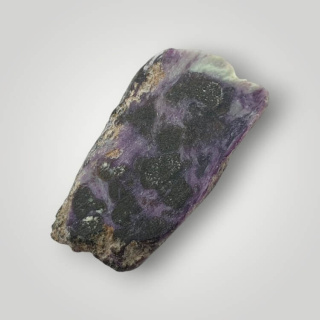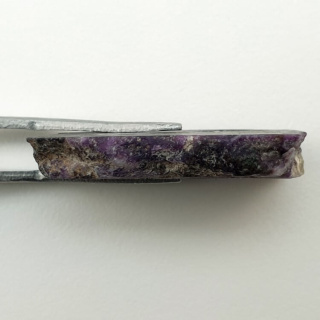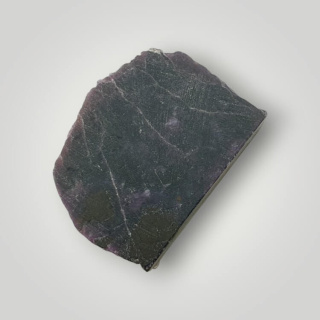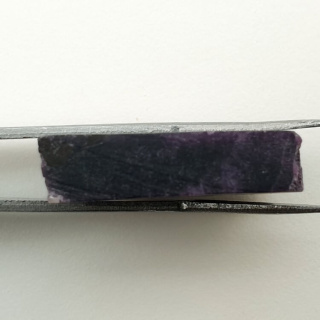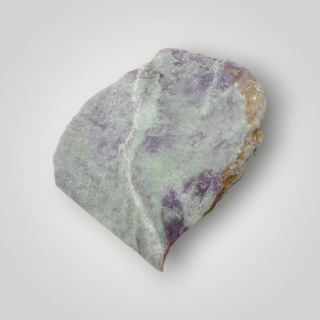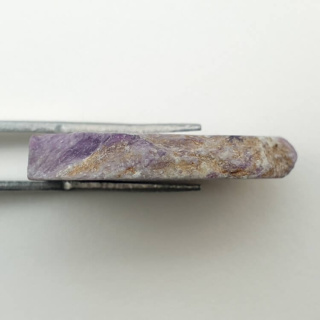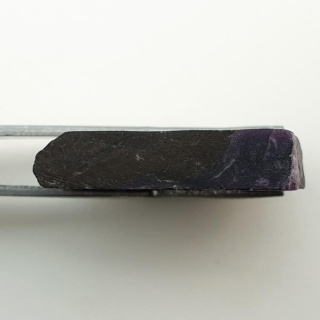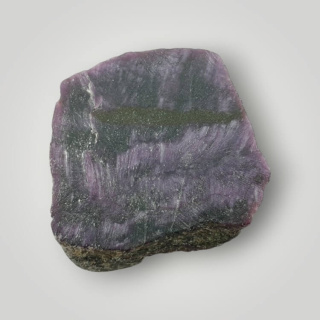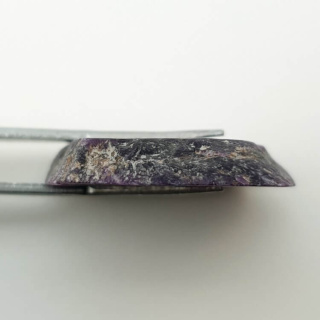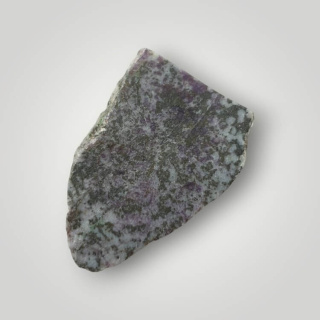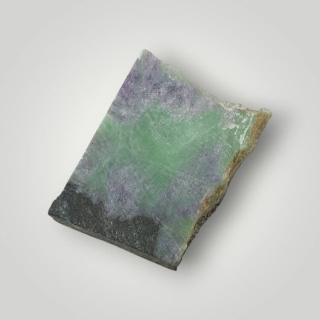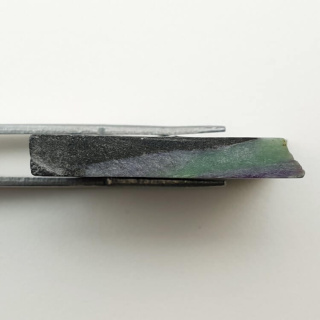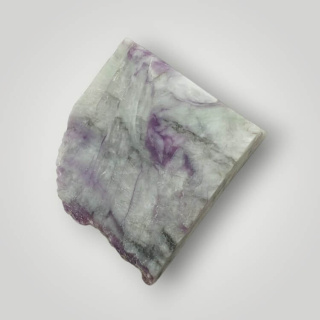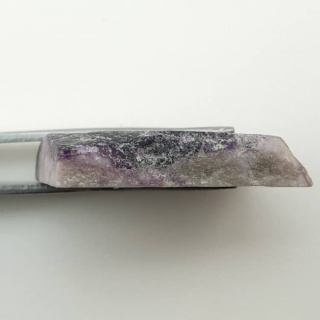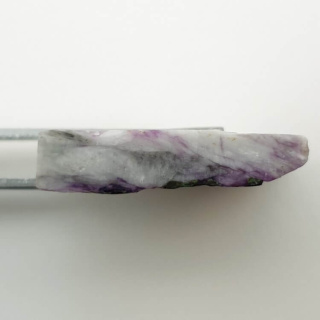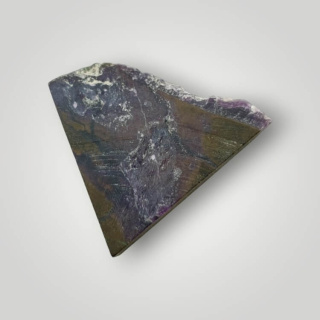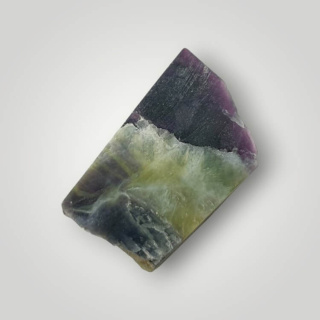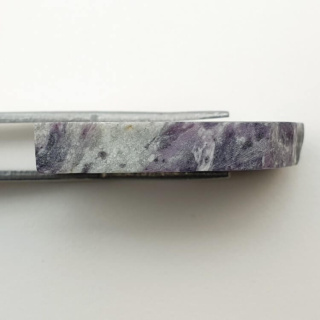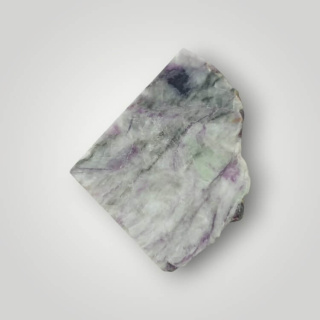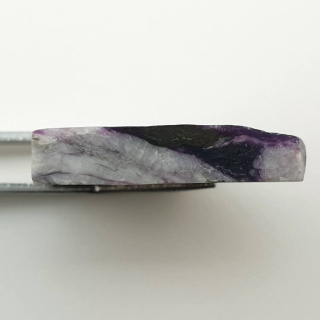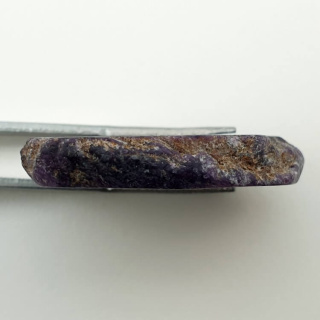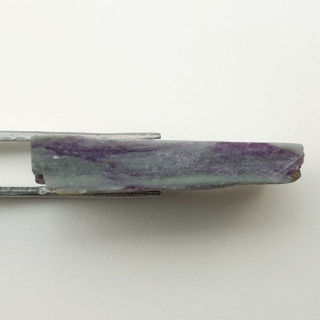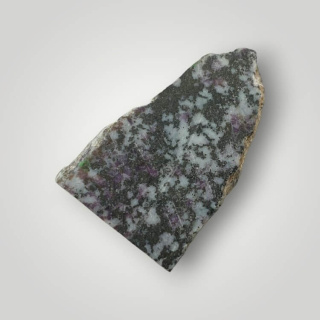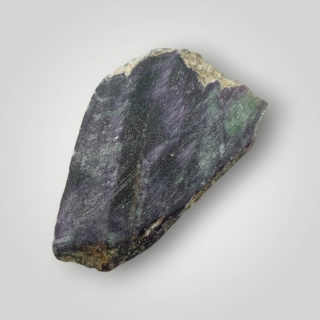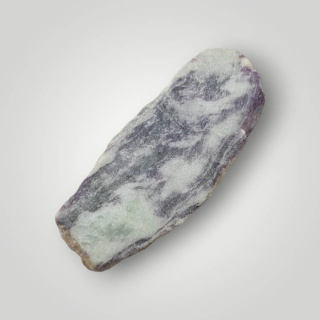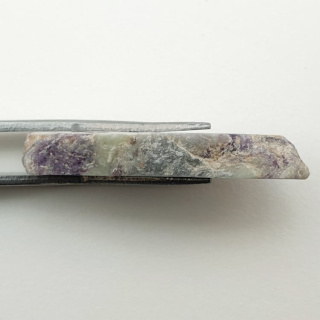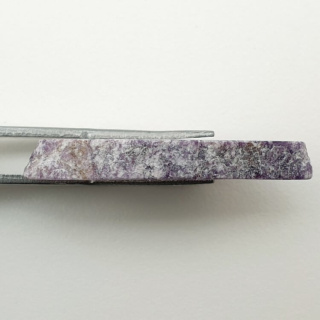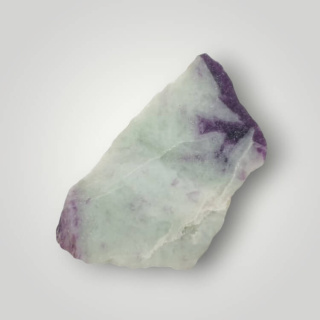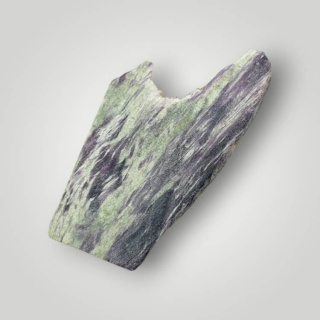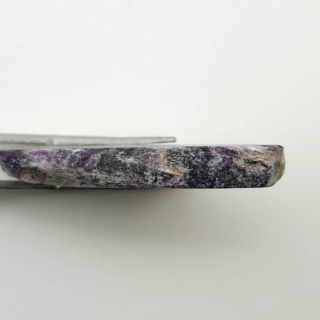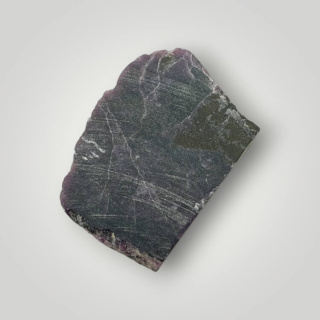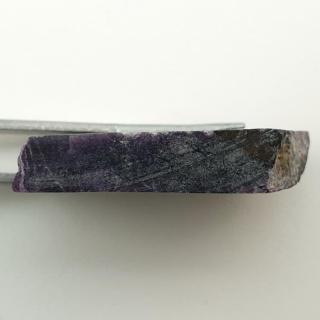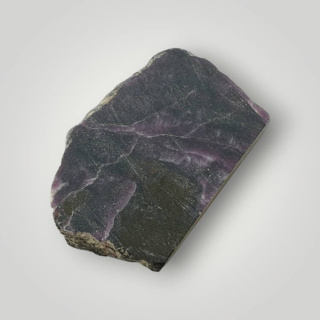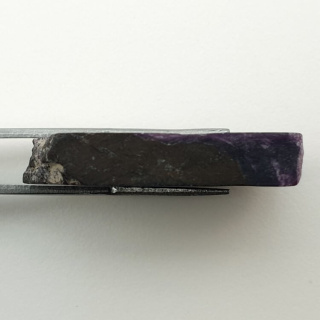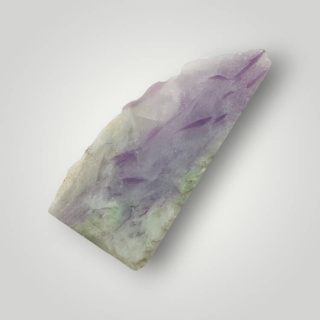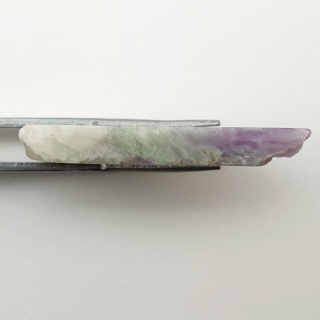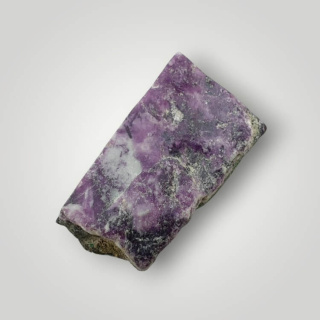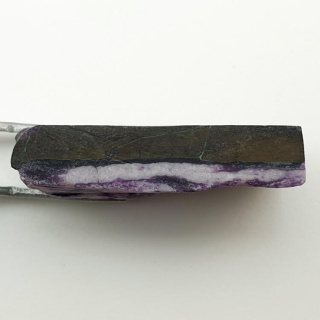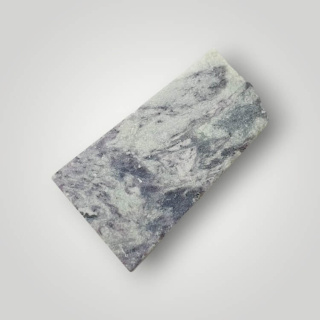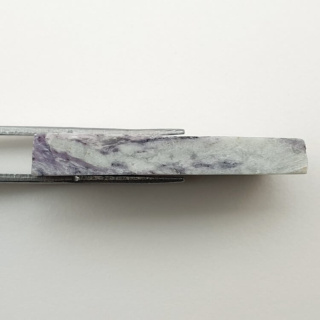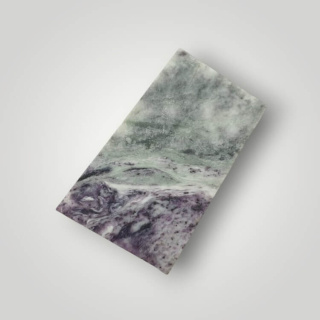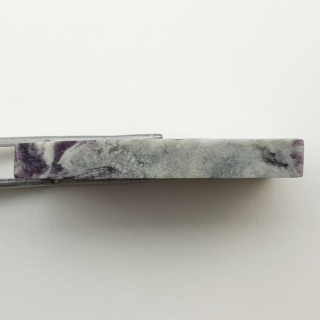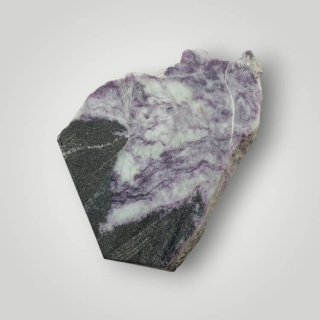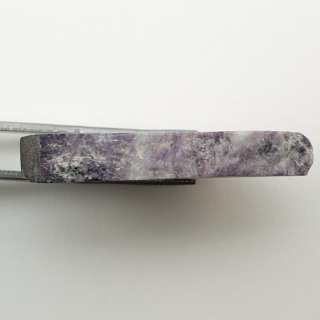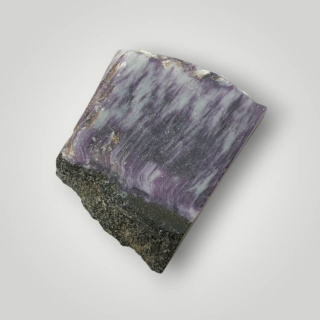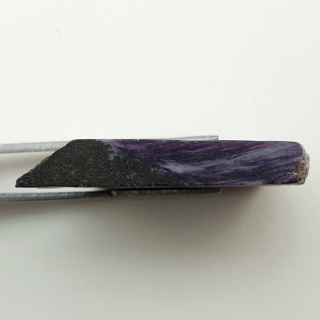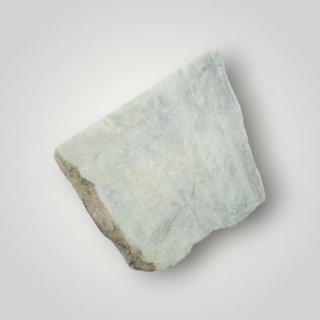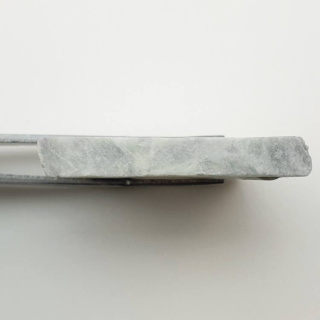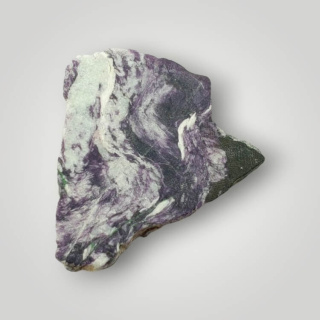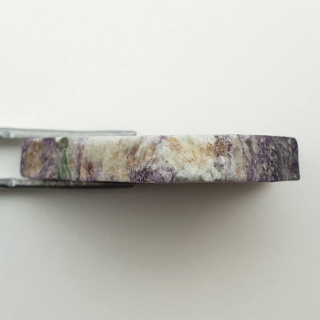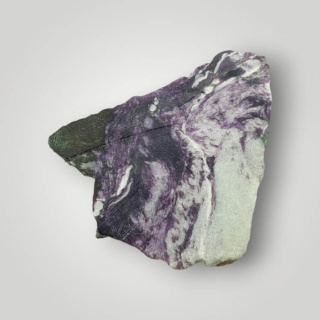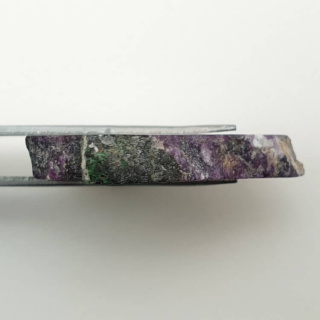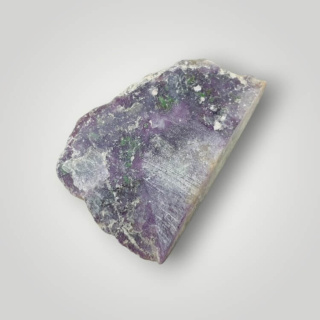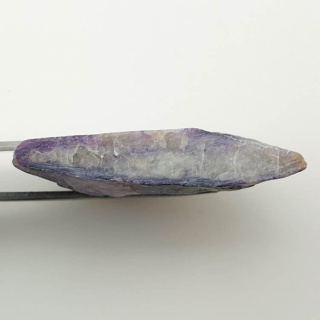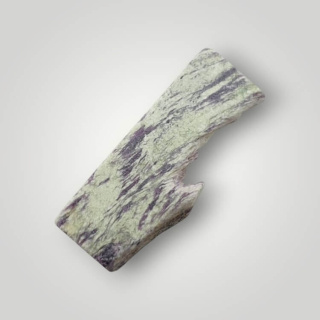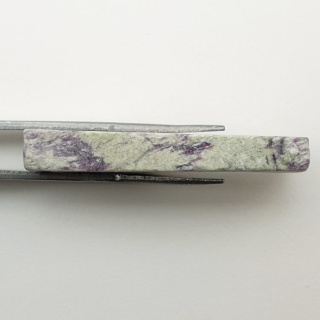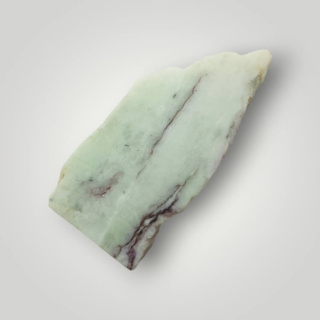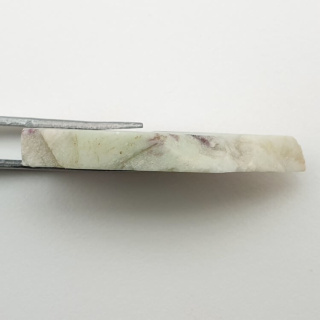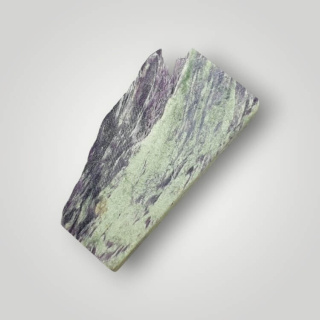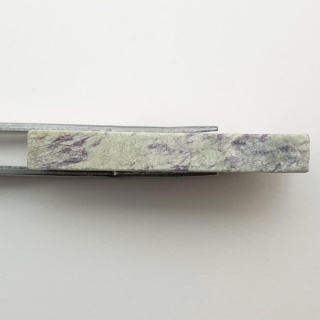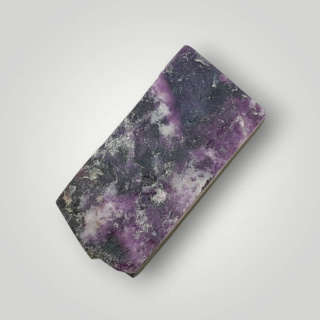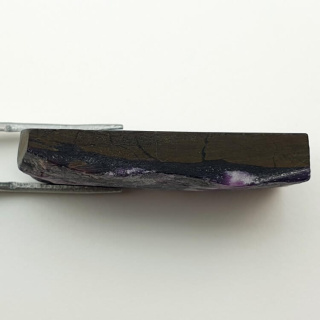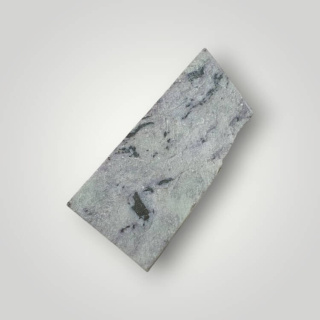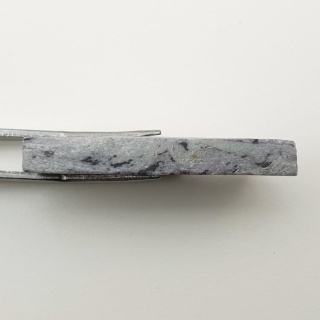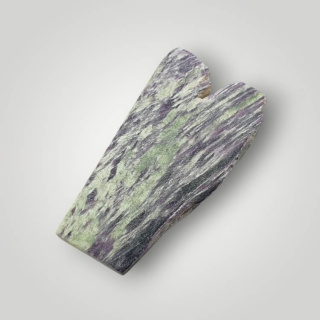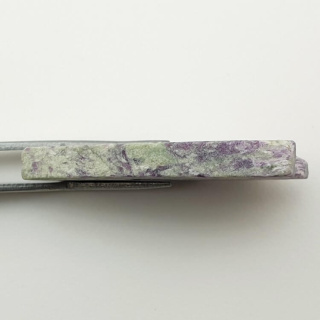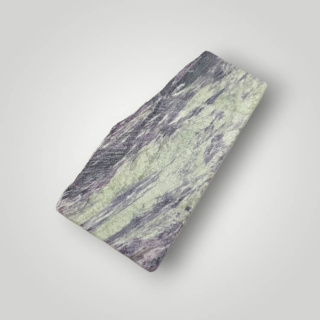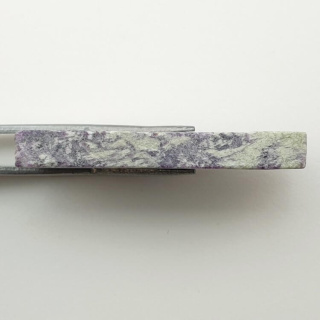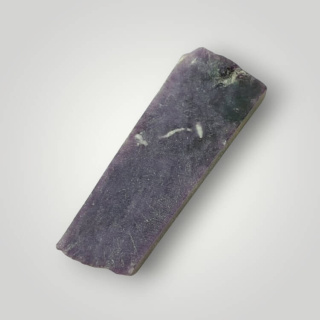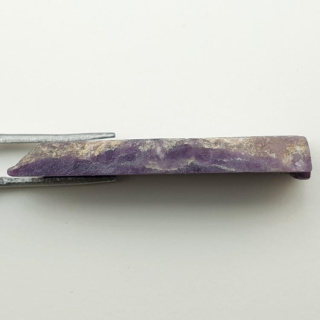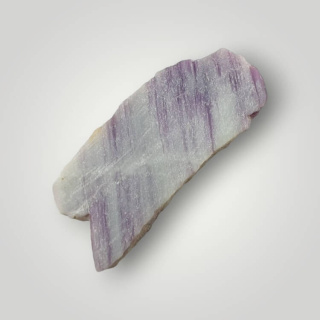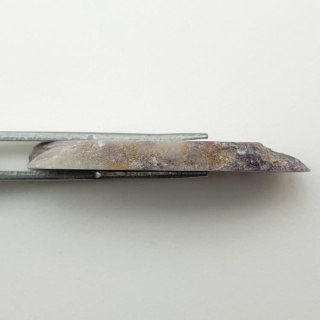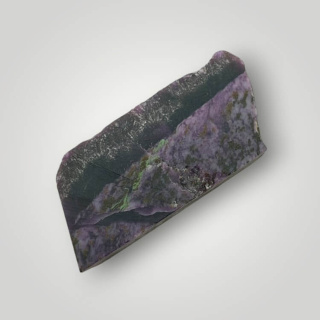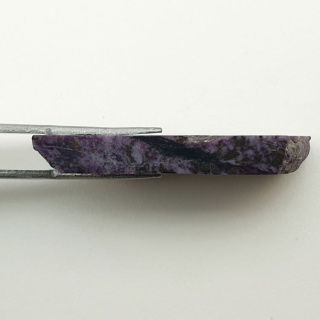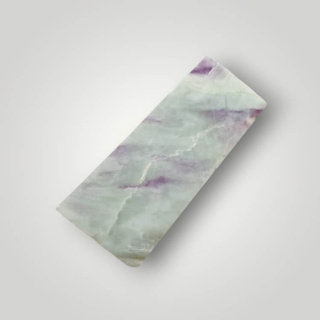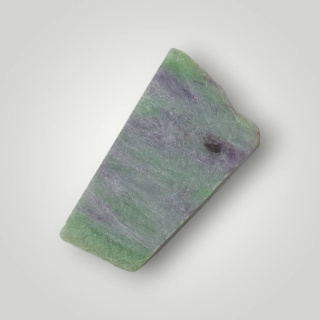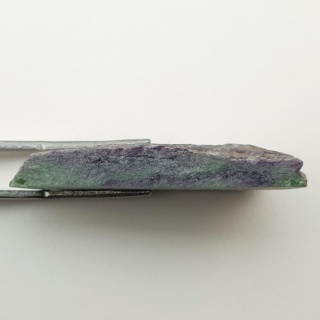Kammereryt: Bardzo rzadki minerał dla kolekcjonerów i twórców biżuterii
Liczba produktów: 116Co to jest kammereryt?
Kammereryt to minerał z grupy chlorytu. Jego nazwa pochodzi od nazwiska niemieckiego mineraloga F. Kammerera. Jest odmianą chlorytu, w którym chrom zastępuje glin, co nadaje mu charakterystyczny kolor. Minerał ten ma zwykle ciemną barwę, od fioletowej do czerwonej lub brązowej.
Kammereryt występuje przeważnie w skałach ultrabazytycznych, czyli skałach o składzie chemicznym bogatym w żelazo i magnez. Minerał ten jest stosunkowo rzadki, ale jest interesujący dla naukowców zajmujących się mineralogią i geologią ze względu na swoje specyficzne właściwości i występowanie w określonych warunkach geologicznych.
W jakim środowisku geologicznym najczęściej występuje kammereryt?
Niezwykle rzadki kammereryt najczęściej występuje w skałach ultrabazytycznych, które są bogate w magnez, żelazo, chrom, i inne pierwiastki. Te skały są często związane z subdukcją płyt, procesem geologicznym, w którym jedna płyta litosferyczna opada pod drugą.
Minerał ten jest szczególnie spotykany w skałach o bardzo wysokim stopniu metamorfizmu, takich jak skały serpentynitowe, często związane z strefami subdukcji. Występowanie kammererytu może być związane z procesami związanymi z reakcjami metamorficznymi i utworzeniem skał ultrabazytycznych w specyficznych warunkach geologicznych.
Jakie są główne właściwości fizyczne kammererytu?
Główne właściwości fizyczne kammererytu obejmują:
- Barwa: Ma zazwyczaj ciemną barwę, która może obejmować odcienie fioletowego, czerwonego, brązowego lub czarnego. Barwa ta jest wynikiem obecności chromu w strukturze minerału.
- Twardość: Twardość jest zazwyczaj umiarkowana i mieści się w zakresie 3,5 do 4 w skali Mohsa, co oznacza, że jest dość miękki.
- Połysk: Minerał ten może wykazywać metaliczny lub jedwabisty połysk.
- Przełam: Ma niejednorodny przełam, co oznacza, że wykazuje różne stopnie nieregularności w strukturze.
- Własności krystalograficzne: Należy do grupy minerałów chlorytu, a więc jego struktura krystaliczna ma określone właściwości geometryczne związane z tą grupą.
- Gęstość: Gęstość wynosi około 3,4 do 3,5 g/cm³, co jest typowe dla minerałów zawierających magnez.
Jakie są kolory kammererytu i co nadaje mu tę charakterystyczną barwę?
Barwa kammererytu jest zazwyczaj ciemna i może obejmować różne odcienie, takie jak fioletowy, czerwony, brązowy lub czarny. Kolor kammererytu wynika z obecności chromu w jego strukturze chemicznej. Chrom jest pierwiastkiem, który często nadaje minerałom intensywne kolory.
Chrom, będąc substancją barwiącą, może wpływać na spektrum absorpcji światła przez minerał, co prowadzi do powstania różnych barw. W przypadku kammererytu, obecność chromu sprawia, że minerał wykazuje ciemne, głębokie kolory.
W których regionach geograficznych można znaleźć kammereryt?
Kammereryt jest stosunkowo rzadkim minerałem, ale został znaleziony w kilku miejscach na świecie, zwykle w skałach ultrabazytycznych. Niektóre z regionów, gdzie unikatowy kammereryt został znaleziony, to:
- Ural, Rosja: Został znaleziony w niektórych regionach Uralu, zwłaszcza w złożach ultrabazytycznych.
- Kraje Skandynawskie: Znane są złoża w niektórych obszarach Skandynawii, takich jak Finlandia i Szwecja.
- Turcja: Występuje w niektórych obszarach Turcji, szczególnie w związku z ultraszybko zmetamorfizowanymi skałami.
- Rejon Morza Czarnego: Został także znaleziony w niektórych regionach związanym z obszarem Morza Czarnego.
Unikatowy kammereryt w ezoteryce
W ezoterycznych i duchowych praktykach niezwykle rzadki kammereryt może być postrzegany jako kamień o określonych właściwościach energetycznych, a także jako narzędzie wspomagające w różnych praktykach duchowych. Niemniej jednak, warto podkreślić, że te interpretacje są bardziej subiektywne i zależą od indywidualnych przekonań i praktyk każdej osoby.
- Ochrona energetyczna: Niektórzy wierzą, że rzadki kammereryt może pomagać w oczyszczaniu i ochronie pola energetycznego. Może być używany jako narzędzie do odcinania lub oczyszczania niezdrowych energii, a także do tworzenia tarczy ochronnej.
- Stabilizacja emocjonalna: ten kamień ma silną energię i jest związany z żywiołem ziemi i czakrą podstawy. Może być postrzegany jako kamień wspierający stabilność emocjonalną i gruntowanie. Może być stosowany w praktykach związanych z równoważeniem emocji i ugruntowaniem w rzeczywistości.
- Transformacja: Ze względu na swoją ciemną barwę i związek z pierwiastkiem chromu, może być postrzegany jako kamień związany z procesami transformacji i przemiany. Może być używany w praktykach związanych z przejściami, zmianami życiowymi i ewolucją duchową.
- Badania duchowe: Jako minerał występujący w specyficznych warunkach geologicznych, może być postrzegany jako kamień, który pomaga w badaniach duchowych lub w zrozumieniu głębszych warstw istnienia. Może być używany jako narzędzie do medytacji, introspekcji czy pracy nad rozwojem duchowym.
- Zastosowania w litoterapii: W litoterapii kammereryt może być stosowany na różne sposoby, w zależności od indywidualnych potrzeb i celów. Może być umieszczany na ciele, trzymany w ręce podczas medytacji, czy używany jako element w praktykach duchowych.
Pamiętaj, że interpretacje i zastosowania minerałów w ezoteryce mogą się różnić w zależności od praktyki, tradycji i przekonań. Jeśli jesteś zainteresowany korzystaniem z kammererytu w praktykach duchowych, warto zgłębić informacje odnośnie do tej konkretnej odmiany minerału oraz skonsultować się z doświadczonymi praktykami.
Kammereryt a czakry
Współczesne praktyki duchowe, w tym związane z czakrami, często wykorzystują kryształy i minerały jako narzędzia energetyczne. Czakry to subtelne centra energetyczne w ciele człowieka, związane z różnymi aspektami życia fizycznego, emocjonalnego, mentalnego i duchowego. Kammereryt, będąc jednym z minerałów, może być interpretowany w kontekście tych praktyk.
Ogólnie rzecz biorąc, kammereryt, ze względu na swoje ciemne kolory, może być kojarzony z czakrą podstawy, która jest związana z bezpieczeństwem, stabilnością i ukierunkowaniem. Jednak jak zawsze w przypadku takich praktyk, interpretacje i zastosowania kammererytu w kontekście czakr są indywidualne i zależą od konkretnej praktyki ezoterycznej lub duchowej. Jeśli jesteś zainteresowany tym tematem, warto skonsultować się z ekspertami w dziedzinie litoterapii, medycyny holistycznej lub duchowych praktyk.
Kammereryt a żywioły
W praktykach związanych z ezoteryką, duchowością, czy litoterapią, często używa się koncepcji żywiołów jako symbolicznych reprezentacji podstawowych sił natury. Cztery podstawowe żywioły to zazwyczaj ogień, ziemia, woda i powietrze. Kammereryt, jako minerał, może być interpretowany w kontekście tych żywiołów, ale warto pamiętać, że te interpretacje są bardziej wynikiem współczesnych praktyk ezoterycznych niż naukowego uzasadnienia.
Ziemia: Kammereryt, ze względu na swoje występowanie w skałach ultrabazytycznych, które są związane z głębszymi warstwami ziemi, może być kojarzony z żywiołem ziemi. Ziemia jest tradycyjnie związana z aspektami materialnymi, stabilnością, i fundamentami.
Warto jednak podkreślić, że te interpretacje są symboliczne i kulturowe. Nie mają one naukowego uzasadnienia i różne praktyki duchowe czy ezoteryczne mogą przypisywać różne minerały różnym żywiołom w zależności od ich własnych tradycji i przekonań.
![[{[item.product.name]}]]([{[item.product.photo.url]}] 75w)


